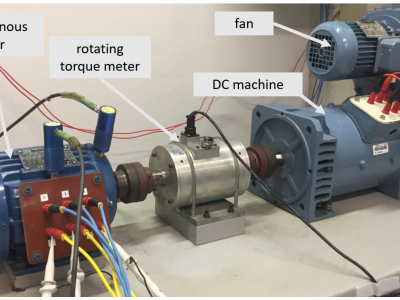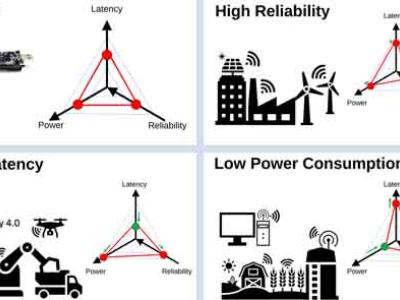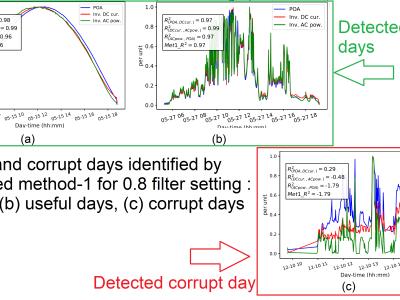Evaluation Dataset for Grey Relational Analysis: A Comparison Between Original and New Prompts

- Citation Author(s):
- Submitted by:
- Ke quan Shao
- Last updated:
- DOI:
- 10.21227/v4x7-c632
 24 views
24 views
- Categories:
- Keywords:
Abstract
<p class="MsoNormal"><span style="mso-spacerun: 'yes'; font-family: 宋体; mso-ascii-font-family: Calibri; mso-hansi-font-family: Calibri; mso-bidi-font-family: 'Times New Roman'; font-size: 10.5000pt; mso-font-kerning: 1.0000pt;"><span style="font-family: Calibri;">This dataset contains expert evaluations of various text features using Grey Relational Analysis (GRA), comparing the performance of original and new prompt words. The evaluation focuses on key aspects such as accuracy, completeness, logic consistency, readability, and practicality, based on the ideal score provided by experts. The dataset includes ratings from seven experts, each assessing the quality of the text using both original and newly designed prompts. This dataset is valuable for studies on text quality evaluation, prompt optimization, and applying Grey Relational Analysis to assess the effectiveness of different prompt words in various contexts.</span></span></p>
Instructions:
This dataset contains evaluation scores based on Grey Relational Analysis (GRA), comparing the performance of original and new prompt words. It is structured to facilitate analysis of text quality assessment across various dimensions such as accuracy, completeness, logic consistency, readability, and practicality. The dataset includes scores from seven experts who rated the quality of the text based on these attributes.
The dataset consists of the following columns:
1.Expert: The identifier for the expert providing the rating (1–7).
2.Ideal Score: The ideal rating for the text provided by the expert.
3.Accuracy (Original): The score for the accuracy of the text evaluated using original prompts.
4.Accuracy (New): The score for the accuracy of the text evaluated using new prompts.
5.Completeness (Original): The score for the completeness of the text evaluated using original prompts.
6.Completeness (New): The score for the completeness of the text evaluated using new prompts.
7.Logic Consistency (Original): The score for the logic consistency of the text evaluated using original prompts.
8.Logic Consistency (New): The score for the logic consistency of the text evaluated using new prompts.
9.Readability (Original): The score for the readability of the text evaluated using original prompts.
10.Readability (New): The score for the readability of the text evaluated using new prompts.
11.Practicality (Original): The score for the practicality of the text evaluated using original prompts.
12.Practicality (New): The score for the practicality of the text evaluated using new prompts.
Instructions for Analysis:
1.Data Import: The dataset can be imported into any software that supports CSV format (e.g., Microsoft Excel, R, Python).
2.Grey Relational Analysis (GRA): To analyze the relationship between the ideal score and the evaluation scores for both original and new prompts, you can calculate the grey relational degree (GRD). This can be done using a Python script or through any available GRA tools.








